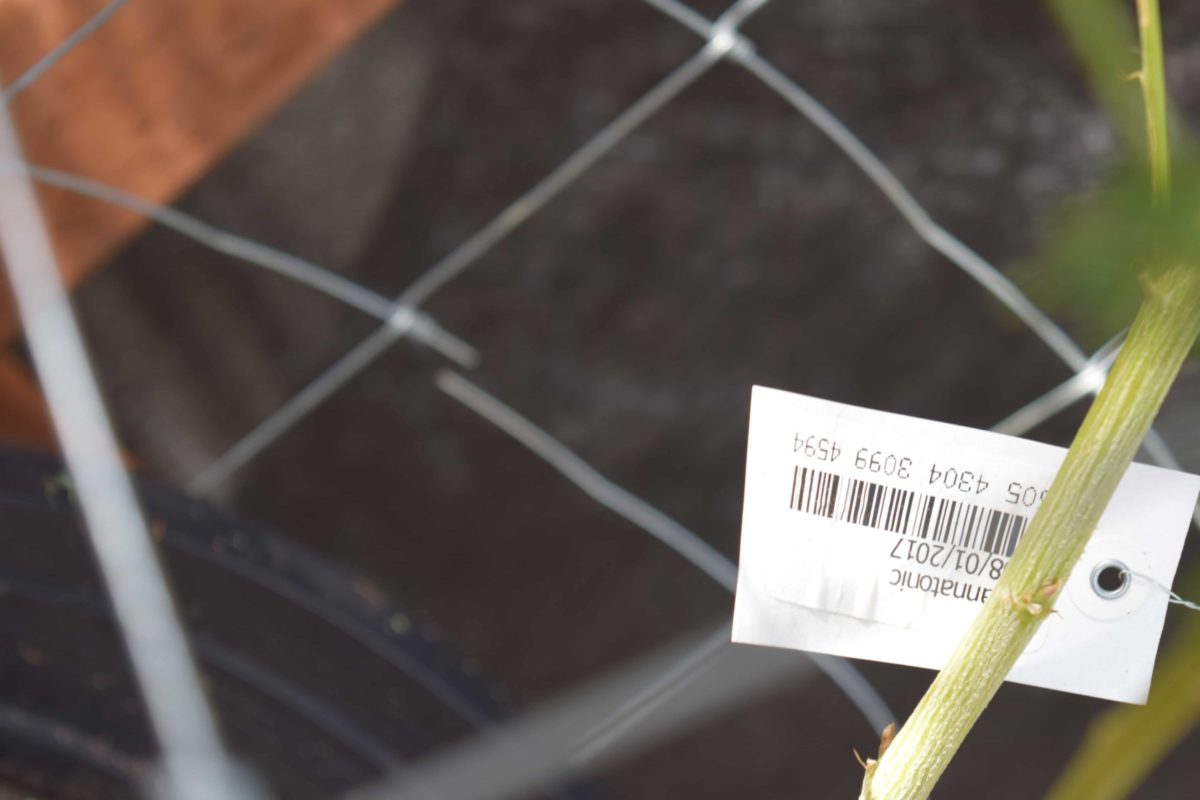Cannabis Plant Patent Application: What is Unique about this Strain?

The time to start preparing to obtain plant patent protection is now; cannabis plant patent applications must be filed within one year after the first time the strain is offered for sale or sold in the market. It is important to document and collect relevant information throughout a strain’s growth season to support the requirements of the plant patent statutes (35 U.S.C. §161 et seq.).
How to Prepare a Successful Cannabis Plant Patent Application:
- Photographs: Make sure to take high quality photographs of the plant at each stage of growth and close up and/or microscopic photos where appropriate. The color of the plant at each stage of growth is particularly important. Include an 18% gray card in the edge of each photograph.
- Plant description: A detailed description of the plant at each stage of growth, particularly of those characteristics of this strain that are different from other strains and different from the parental strains.
- Time of planting: Keep track of the time of planting, the time (days) from planting to harvest, and the environment in which the plant is grown (i.e. field grown, greenhouse grown, grown under artificial lights, hydroponic or soil grown).
- Growth conditions: Make note of the type of soil and growth conditions such as temperature, rain, and irrigation. In the case of greenhouse and artificial light conditions, it’s important to indicate the temperature regimen and the soil/hydroponic conditions.
- Disease resistance: Document information on disease resistance and productivity, or any unusual form or structure of the plant.
- Product chemistry: Analyze the natural product chemistry, particularly of the mature plant at harvest. If the chemistry of earlier stages is unusual, it should also be documented.
- Reproduction: Keep documentation of the means used to reproduce the strain either by cutting, grafting or tissue culture.
- Strain development: Record the details of how the strain was developed (e.g. seed and the pollen parents) or if the plant was a chance seedling that was discovered. If the strain is a chance mutation of some other strain, the other (parent) strain should be identified.
- Know the parent: Note the details known about the parent (i.e., what was grown in that field or greenhouse before the seedling was discovered).
The core of the information required to prepare a successful cannabis plant patent application relates to the statutory requirement that the strain is stable and distinctive. In particular, proving distinctiveness can be troublesome and requires very careful botanical descriptions, photographic evidence and anatomical/chemical analysis to fulfill technical requirements.
By Zuber Lawler & Del Duca LLC. This blog post is for general information and discussion only and may be considered an advertisement for certain purposes. It is not a full analysis of the matters presented, may not be relied upon as legal advice, and does not purport to represent the views of our clients or of Zuber Lawler & Del Duca LLP (ZLD). Nothing in this blog post is to be considered as creating an attorney-client relationship between the reader and ZLD.
Learn more about cannabis plant patents and the legal side of cannabis at a regional CannaCon near you.
